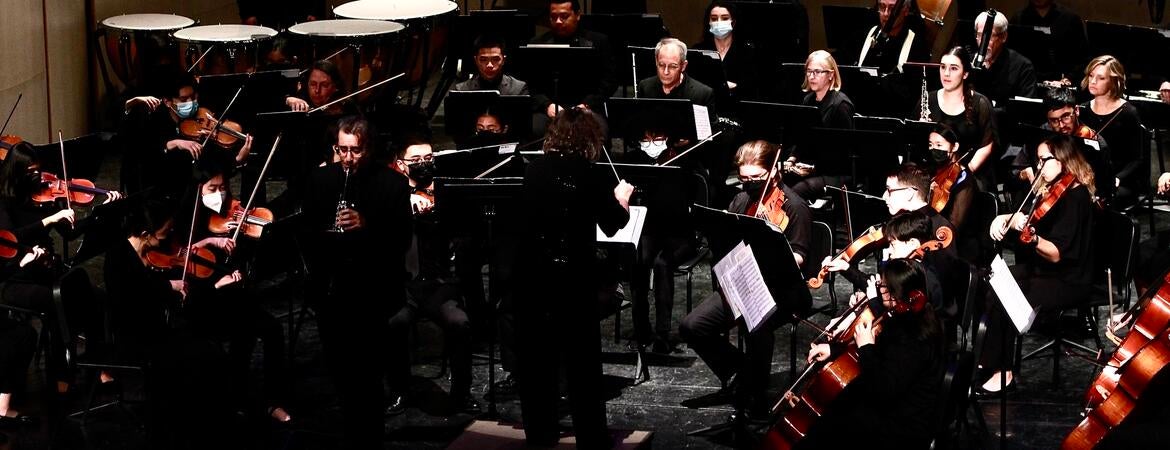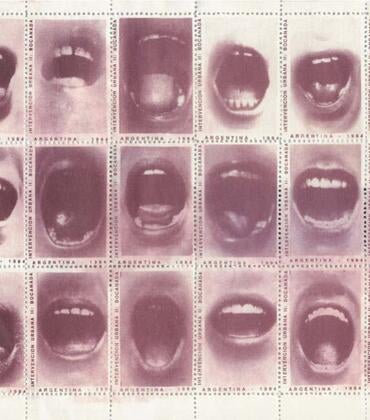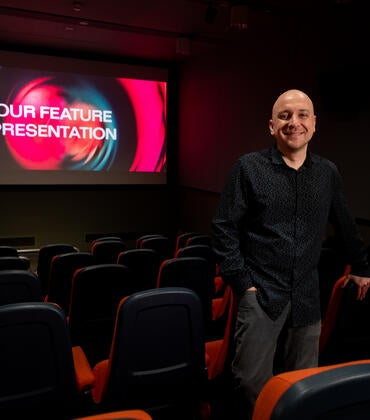
At an orchestra’s rehearsal, a listener can get a sense of the relationship between the conductor and the musicians. With Ruth Charloff, the conductor of the UCR Orchestra, we discover she is more than a conductor. She educates her students in performance expertise, while also showing them the rich history they are taking part in by grounding them in the classics as well as learning about new forms and artists.
For the upcoming November 20 joint concert of the UCR Orchestra and Concert Band, she plans to begin the program with Henri Büsser’s orchestral adaptation of Debussy's “Petite Suite for four-hands.”
Traditionally the fall concert is a segue program, as Charloff explains, taking “a selection of music we are rehearsing for our full program in February, and present one half of the concert so that both ensembles have a nice performance.”
November 20, listeners will be treated to Mendelssohn’s second movement, from the Italian Symphony, and the finale from Hayden’s Symphony 104.
This acts as a preview for February, when all four movements will be performed in a “mash-up symphony of four different composers with the typical framework of a regular symphony.” Charloff says, “It will be “a crash course in symphonic 19th and 18th century composers.” Students come from variety of backgrounds, so “getting them acquainted with four classical and romantic composers all at once is fun and there’s no reason why not.”
The second half of the November 20 concert will feature Armando Dueñas directing the UCR Concert Band in performances of Persichetti's “Pageant,” Ticheli's “Cajun Folk Songs,” Hazo's “Arabesque,” and selections from “Les Misérables.”
The joint concert begins at 8 p.m. on November 20 and will be held in the University Theatre. For more information and to purchase tickets, visit https://events.ucr.edu/event/orchestra_concert_band_nov_2023
In its third year, the UCR Chorale is a non-audition, full campus choir. There isn’t a reading requirement, and comprises about 60 people in all, including faculty and staff and occasionally the chancellor.
They “learn through a combination of ear and notation. Singers follow the contours up and down and learn the rhythmic motion skills.” Charloff encourages them to look at the notation, not get stressed about it, and add the information that comes through their ear and apply it to the notation in a “slow, but fun process.” They do a variety of repertoire from different ethnicities and different sacred music traditions.
For a joint Chorale and Chamber Singers concert on December 4, the Chorale will sing a variety of Christmas and non-Christmas music. But the main selection will be Brahms’ “Requiem” “How Lovely is Thy Dwelling Place” in German. Popular with church choirs, “it’s an ambitious piece that’s a little more compact, has no major soloist, but is rich with harmony that can be done by ear. We have a German speaker in the chorale helping with pronunciation.”
The UCR Chamber Singers must audition and are a more advanced group, with fewer singers. These singers have greater experience in performance and reading music than the Chorale.
The Chamber Singers will perform selections ranging from the Middle Ages to the contemporary “TaReKiTa" by Reena Esmail, Artist in Residence for the L.A. Master Chorale.
For the finale, the combined choirs will sing Carlos Simon’s “Sanctus.”
Guest singer Ralph Cato, an instructor in the UCR Music Department, will sing four songs accompanied by piano.
The joint concert begins at 8 p.m. on December 4 and will be held in the University Theatre. For more information and to buy tickets, visit https://events.ucr.edu/event/ucr_sings_chorale_chamber_singers



